
OR
Nepal’s public debt surpasses capital expenditure in the first 11 months of current FY
Published On: June 22, 2023 08:00 AM NPT By: RAJESH KHANAL
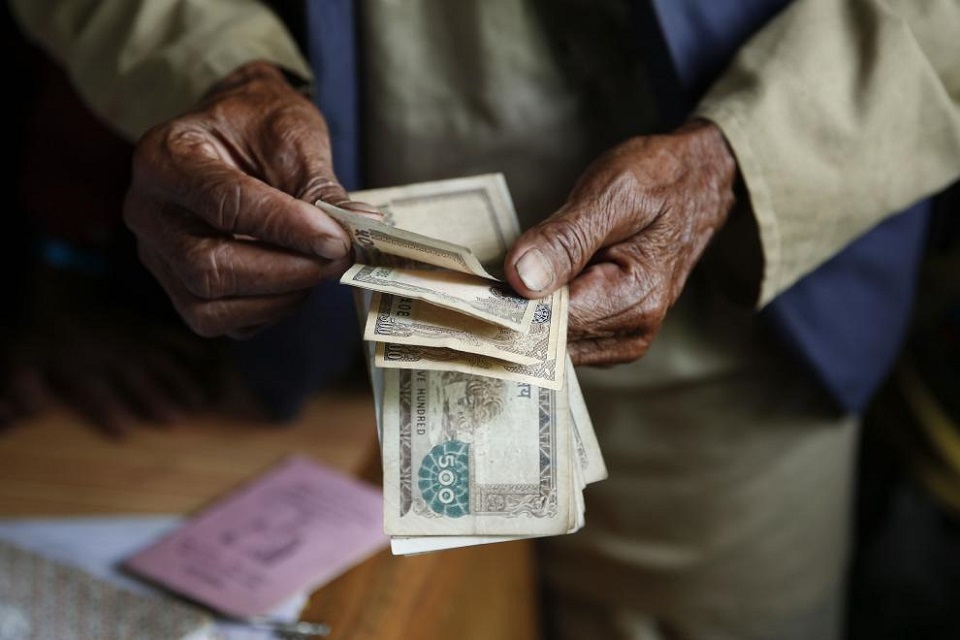
The country’s outstanding loans reach Rs 2.173 trillion, a 44.79 percent of the country’s GDP.
KATHMANDU, June 22: The government took loans of Rs 300.06 billion in the first 11 months of the current fiscal year, which is almost double of the government’s spending of Rs 153.08 billion in development activities during the review period.
The records maintained by the Public Debt Management Office (PDMO) show Nepal’s public debt increased to Rs 2.173 trillion as of mid-June this year, with an additional hefty amount that the government took during the review period to manage its financial liabilities. Amid slow capital expenditure and slow collection of revenue, it is clear that the government spent large amounts of money in unproductive sectors, according to analysts.
“As the capital expenditure is pretty slow, it is obvious that most of the country’s loans are being used to manage the government’s day-to-day operations,” said former Auditor General Bhanu Acharya. “As a result, Nepal has underinvestment in a number of primary sectors including education and health.” During the review period, the government spent just Rs 153.08 billion (40 percent), out of the allocated amount of Rs 380.38 billion under the heading of capital expenditure in the current fiscal year.
According to the PDMO, the country is left to pay back Rs 1.099 trillion in domestic borrowings, while remaining Rs 1.073 trillion is owed to the foreign donors. The share of foreign loans is almost half of the total loan amount, which shows that the precious foreign currency that the country earned from remittance will be used to settle the foreign debt. During the review period, Nepal paid Rs 205.17 billion in interest against the loans.
The country’s public borrowing has more than doubled in the past five years. In 2017/18, the figure was Rs 916 billion which rose to Rs 2.173 trillion as of mid-June this year. The pace of borrowing has increased mainly in recent years, shows the record of the PDMO.
With an increase in the public borrowing, the debt to GDP ratio has reached 44.79 percent. Until mid-July 2017, the value under this heading was just 22.7 percent, while it soared to 41.4 percent by the end of the last fiscal year.
To manage the deficit budget for the next fiscal year, the government has announced to take additional borrowing of Rs 452.75 billion. Of the amount, Rs 240 billion will be internal loans while remaining Rs 212.75 billion will be taken from external sources.
As per the latest census unveiled by the National Statistic Office in 2021, the total population of Nepal is 29,164,778. Comparing the total public debt with the total population, the per capita debt comes to Rs 74,516.
You May Like This
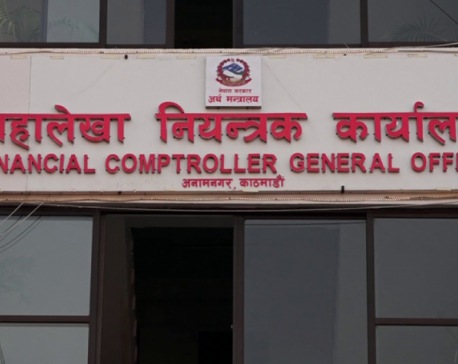
Govt’s capital expenditure marginally improves in the first two months of current FY
KATHMANDU, Sept 19: The government spent Rs 87.66 billion under recurrent expenditure in the first two months of the current... Read More...
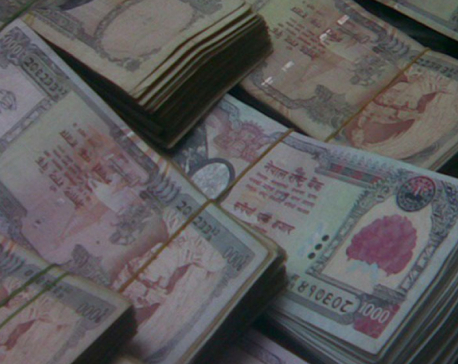
CGT collection from share transactions fell to as low as 15 percent in first half of current FY
KATHMANDU, Jan 19: The government collected mere Rs 1.23 billion in capital gains tax (CGT) out of the stock transactions... Read More...

Govt’s revenue fell short of Rs 81.50 billion to meet expenses during mid-July and mid-January
KATHMANDU, Jan 16: The government’s revenue collection fell short of the total expenses by Rs 81.50 billion in the first... Read More...

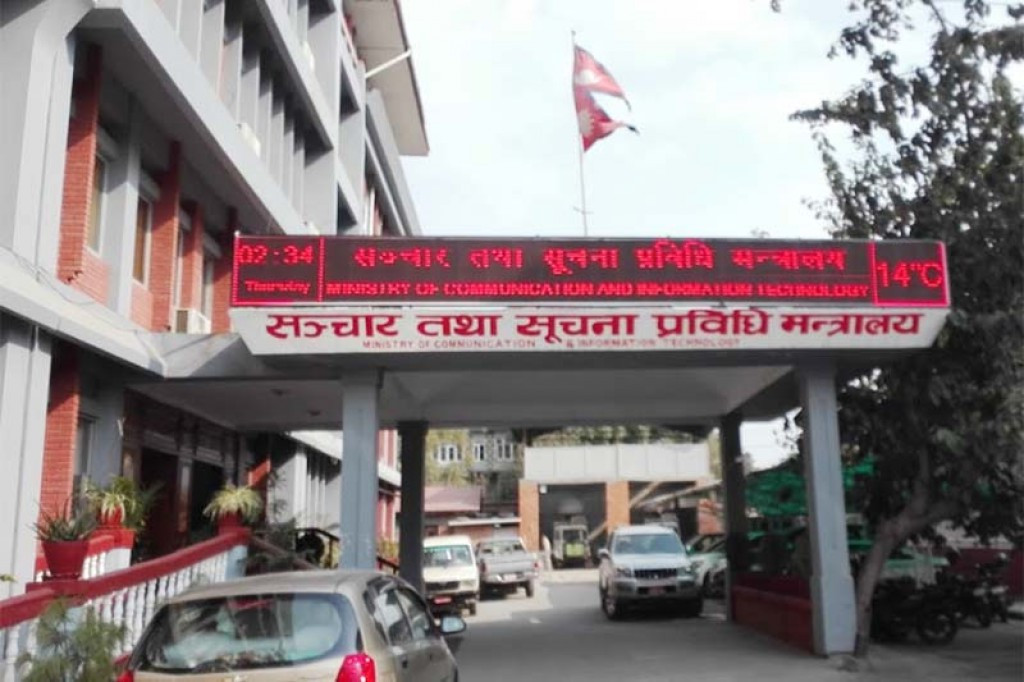

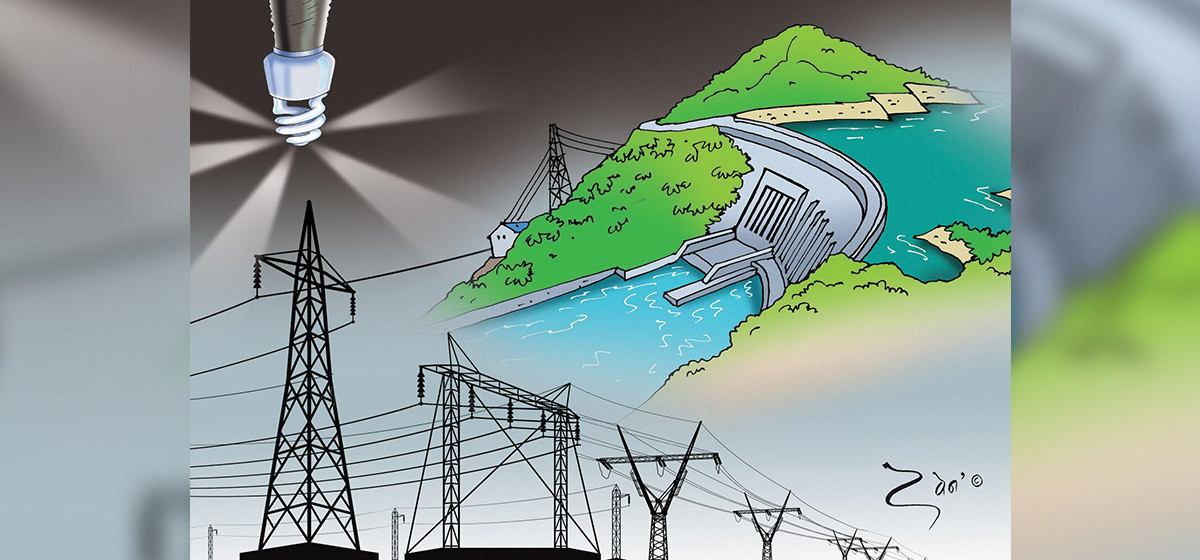
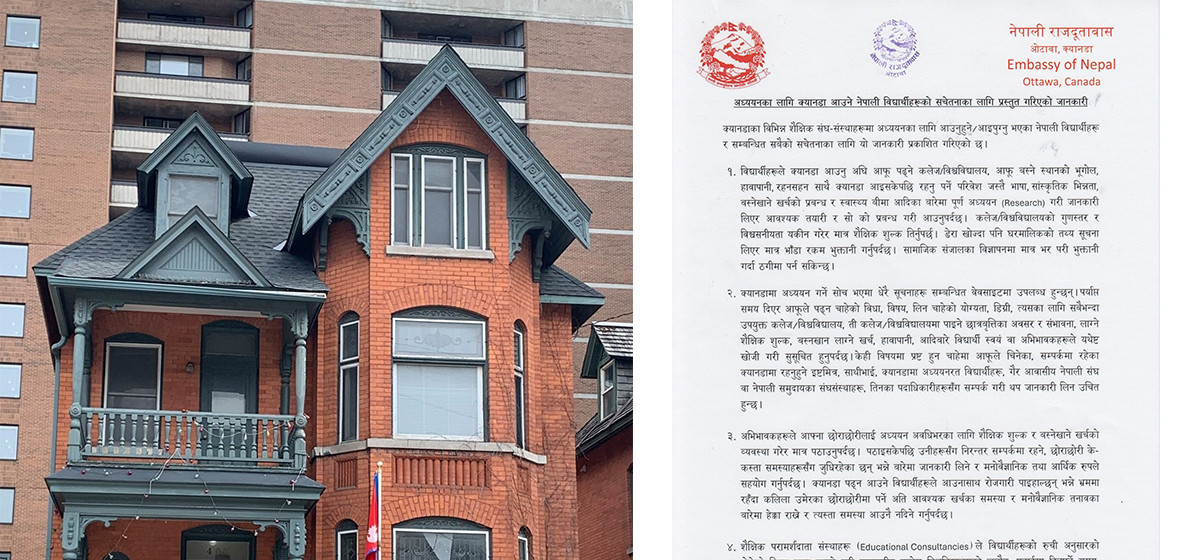
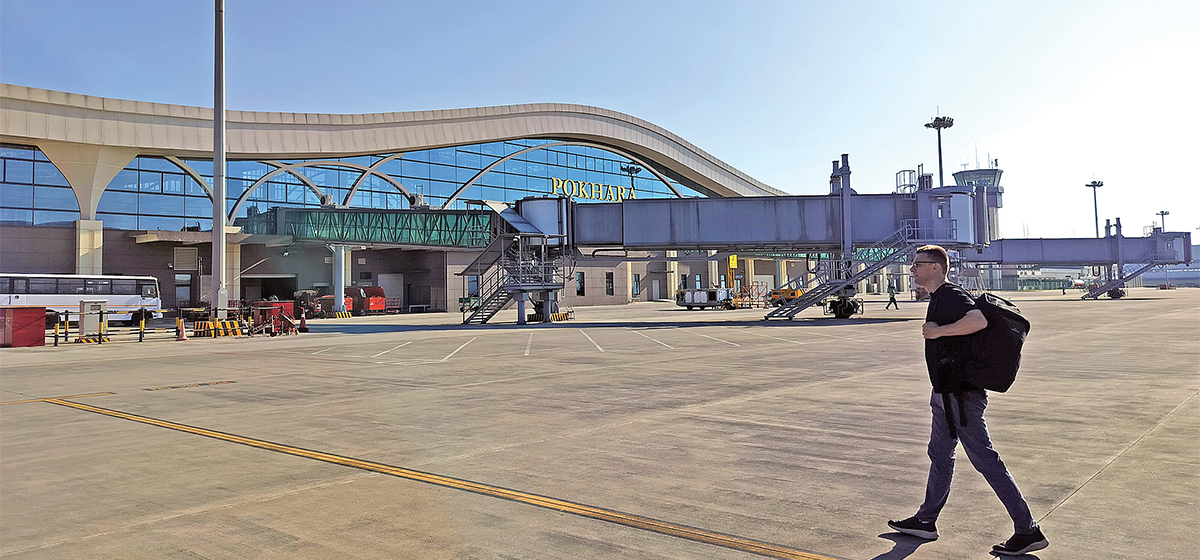

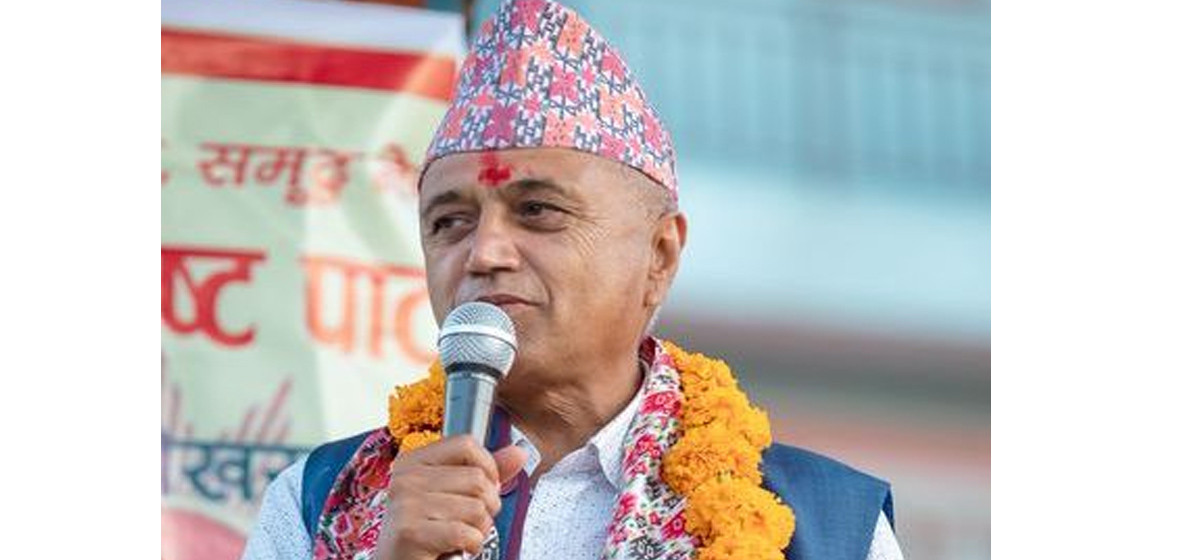

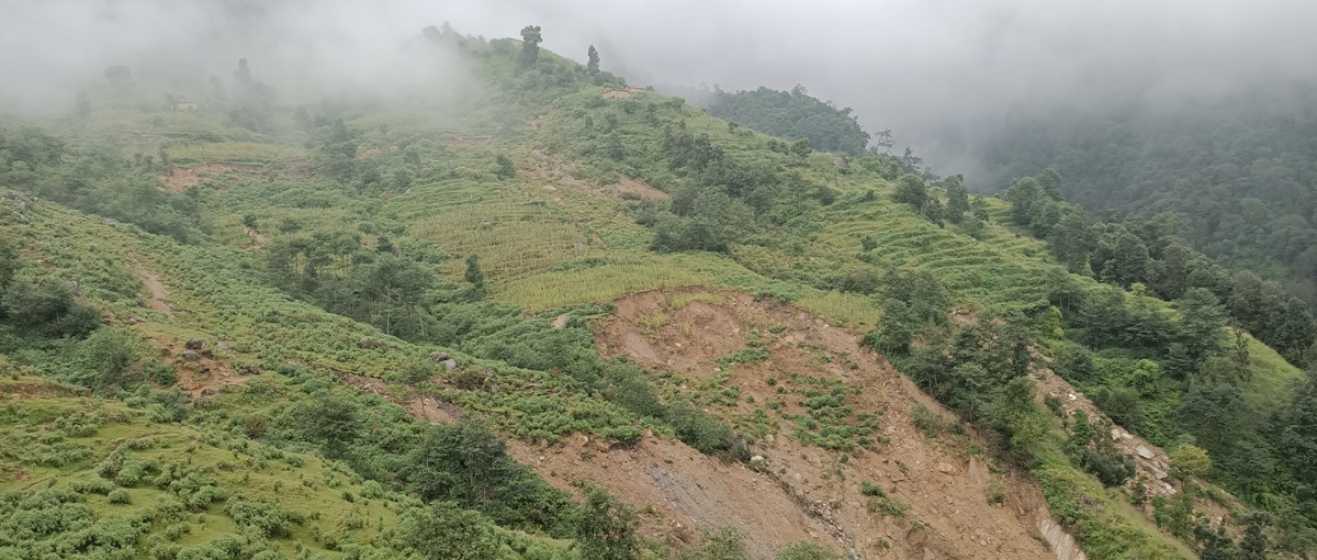

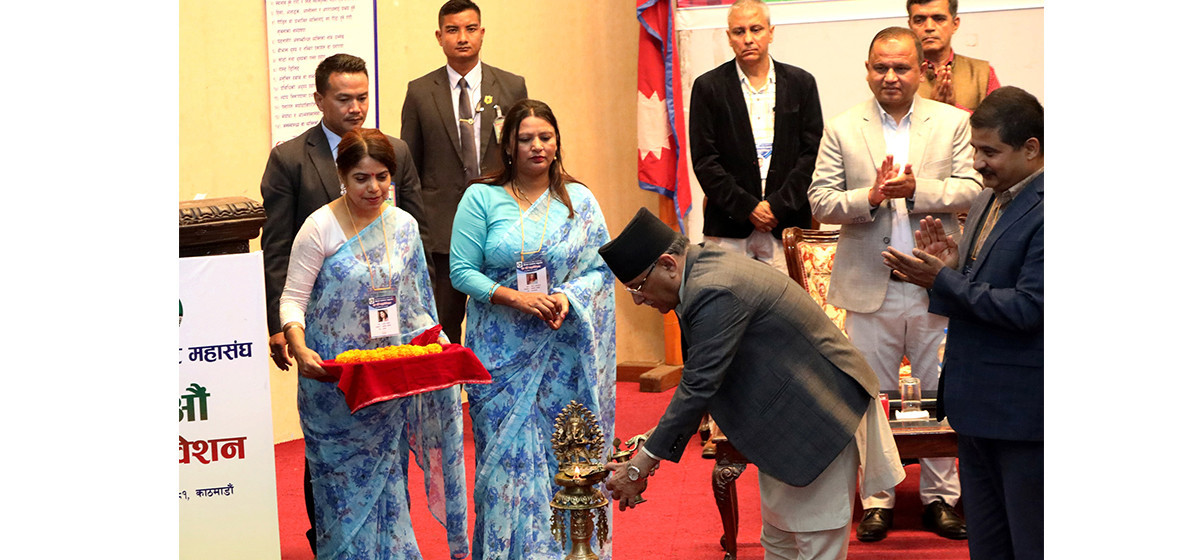
Just In
- Gandaki CM to seek vote of confidence on May 5
- Two arrested on the charge of swindling 219 people out of Rs 26.8 million on the pretext of sending them to Japan
- Kathmandu's pollution at hazardous level, tops chart of world’s most polluted cities
- Nepali Embassy in Washington sends centuries-old 24 idols back to Nepal
- 2568th Buddha Jayanti Main Celebration Committee formed
- Kanti Highway closed due to rockslide
- Gold price decreases by Rs 1,100 per tola
- Two-day central convention of FNJ commences




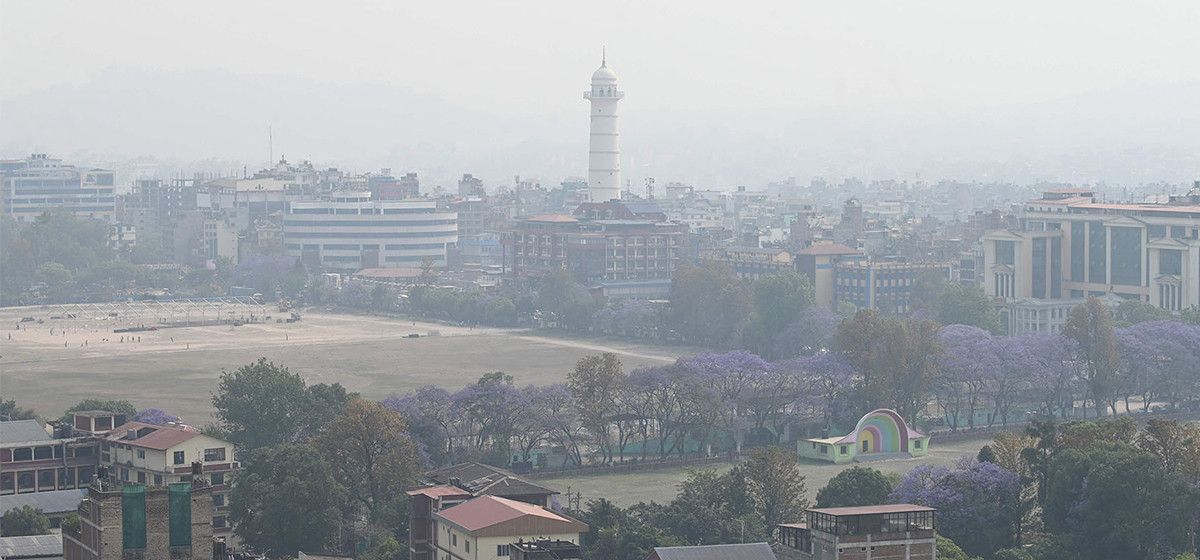


Leave A Comment